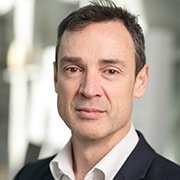Despite winter storm Jonas dumping more than two feet of snow in a few intense hours, plenty of hardy souls managed to brave the weather and transportation chaos to arrive in Washington, D.C. for the Phacilitate conference. For those that missed the event, below are five insights we took away from the meeting.
Once in D.C., conversation soon turned from the weather to the energy of an industry that’s starting to see light at the end of the commercialized tunnel. There was much talk about a bright future and how it might unfold for the cell and advanced therapies industry through new business alliances, novel go-to-market strategies, and next generation technology. From the many conversations we had, and presentations we attended, there were a number of messages that came to the fore:
